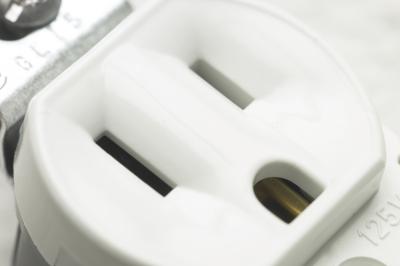
Lead-acid batteries are the cornerstone of many electrical circuits. For example, in an automotive electrical system, a battery serves as the starting power source for the ignition system as well as the grounding source for the entire electrical system.
Keeping a lead-acid battery charged so that it can reliably supply power to an electrical circuit is critical. In an automotive electrical system, the battery maintains its charge by drawing electrical energy from the alternator. However, the power supplied by the alternator alone is not enough to recharge a depleted battery. Therefore, an external charging system must be connected periodically to fully charge and maintain the battery. One generally safe way to charge a lead-acid battery is by using a trickle charger.
Plug the probes into the voltmeter, and turn the voltmeter on to the “Volts-DC” setting. Place the positive (red) probe on the positive (“+” or “Pos”) battery post. Place the negative (black) probe on the negative (“-“ or “Neg”) battery post. Note the battery measurement, remove the probes, and turn off the voltmeter.
If the battery measurement is less than 12.6 volts, proceed to Step 2. If the battery measurement is 12.6 volts or more, the battery does not need to be charged.
Attach the red (positive) battery charger lead to the positive (“+” or “Pos”) battery post. Attach the black (negative) battery charger lead to the negative (“-“ or “Neg”) battery post.
Plug the battery trickle charger in to the household electrical outlet. Turn the charger on.
Charge the battery for two hours, then turn off the charger and remove the charger leads. Measure the battery with the voltmeter. If the measurement is less than 12.6 volts, repeat Steps 1 through 3 until the battery reaches 12.6 volts.